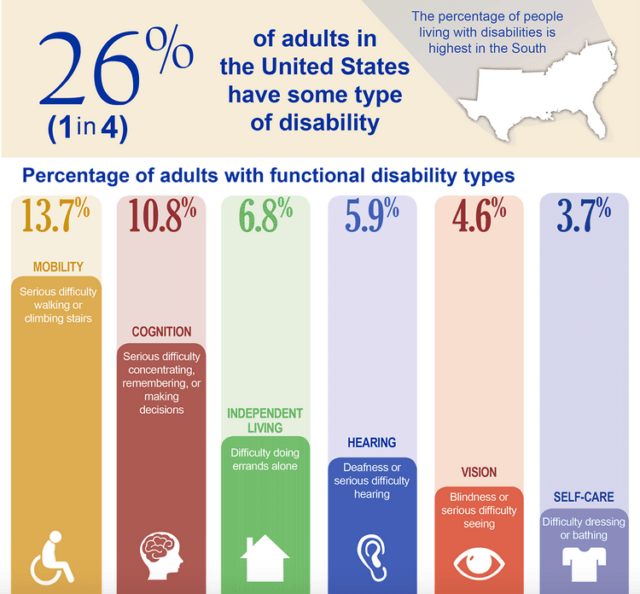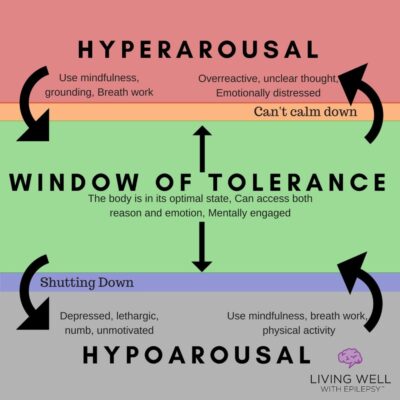President George H.W. Bush and the Americans with Disabilities Act
With the passing of Former President George H.W. Bush, it is a good opportunity to raise awareness of the Americans with Disabilities Act (ADA), which was signed into law in 1990 and was a huge first step to gaining equal rights for people with disabilities.1
The ADA, as it stands today, encompasses five titles, or provisions, that address various areas of concern to achieve equality.2 These include:
- Employment
- State and Local Government
- Public Accommodations and Commercial Facilities
- Telecommunications
- Miscellaneous
How the ADA is meant to work
Following the signing of the ADA into law, the opportunities for people with disabilities, and for people with epilepsy in particular, opened up. Discrimination on the basis of disability became illegal and a culture of inclusion became possible in the United States. Thanks to the ADA, those of us with qualified disabilities in the US were could no longer be fired from employment and the simple fact of having epilepsy could no longer be a barrier to getting a position. We could even request reasonable accommodations to ensure our safety at work.
A culture of discrimination persists
Although this is the law now, much discrimination unfortunately still exists and goes unreported. People with disabilities are still under- or unemployed at higher rates than the general population. In particular, according to the Disability Statistics Report, in 2016 the employment gap between people with disabilities and those without was 41.1% and is on the rise.3
On the ADA and Epilepsy
Regarding public accommodations, there has been much better progress. People with disabilities are allowed in most public institutions and businesses. Those institutions have had to make their buildings accessible to all. Still, there have been occasions where people have had to fight for the right to enter a public place.
In the same way, state and local governments are required to provide equal access to programs and services to people with disabilities. This includes access to affordable housing and access to transportation. Many times, people with disabilities get left behind when it comes to housing and transportation, especially in high-rent neighborhoods or rural communities without good infrastructure. This provides a great challenge when you can’t drive and there is no reliable transportation system.
The Telecommunications Relay Service provides an easy way for people with hearing and speech disabilities to communicate over the phone as well as have television access. This perhaps was the easiest Title to implement with the fewest problems.
The ADA continues to evolve
Since the signing of the ADA, there have been changes/updates to the law, which were signed into law by George W. Bush on September 25, 2008. In effect, he changed the law to broaden the definition of disability.4 I hope one day the we will come to realize the vision of President George H.W. Bush. In his words, “Let the shameful wall of exclusion finally come tumbling down.”










Leave a Reply